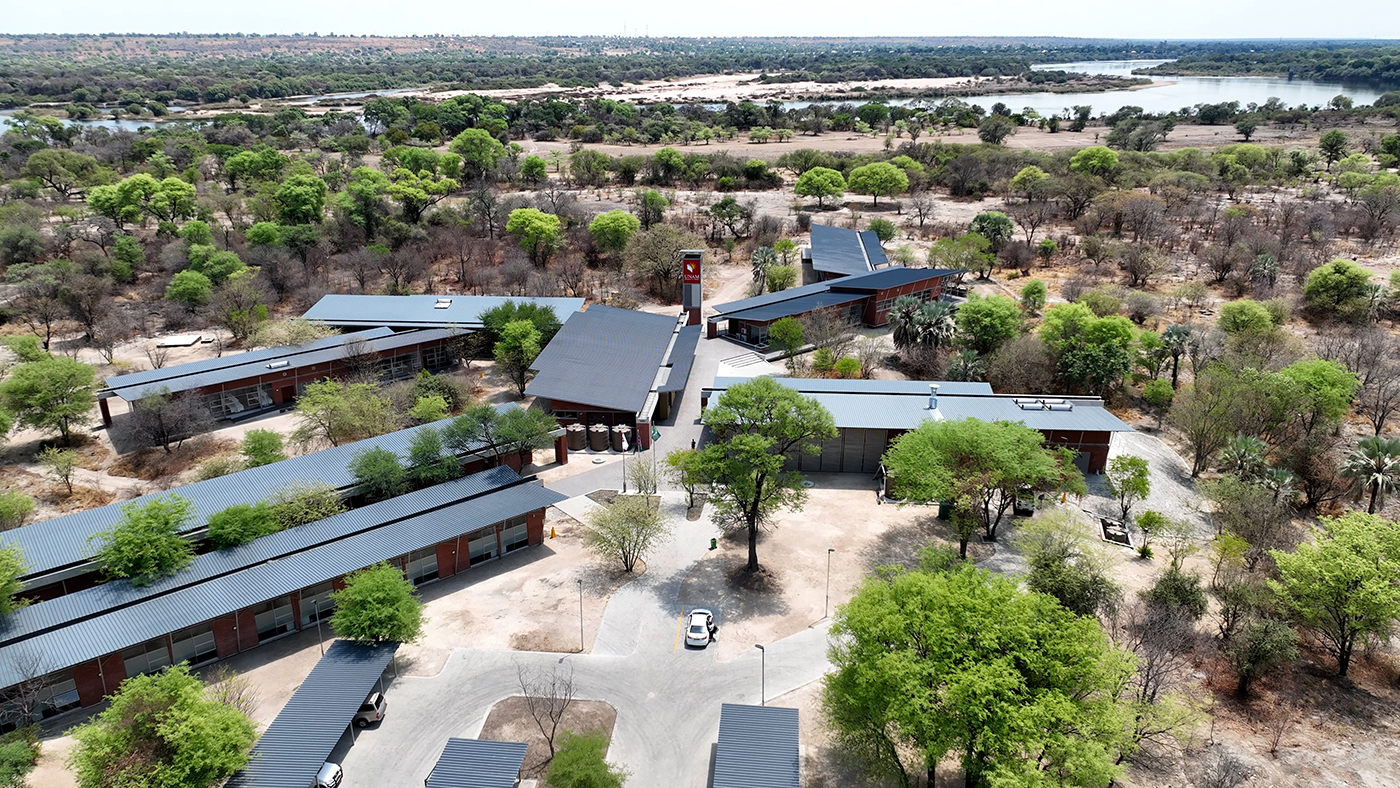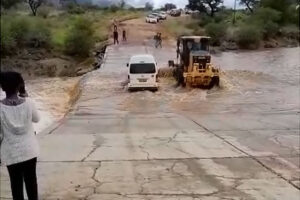Situated in the Zambezi Region at the gateway to the Kavango–Zambezi Transfrontier Conservation Area (KAZA TFCA), the University of Namibia’s Department of Wildlife and Tourism Studies in Katima Mulilo is a beacon of hope and transformation. As someone deeply passionate about conservation, I believe this campus has the power to reshape how we approach biodiversity protection and research, not just in Namibia but globally.

KAZA TFCA is no ordinary wilderness. It is the second-largest nature and landscape conservation area in the world, spanning the borders of Namibia, Angola, Botswana, Zambia, and Zimbabwe. This vast region includes significant portions of the Upper Zambezi River and Okavango Basins, the Caprivi Strip of Namibia, and stretches into the wildlands of Botswana, southwestern Zambia, southeastern Angola, and western Zimbabwe. At its heart lies the confluence of the Zambezi and Chobe Rivers, where the borders of Botswana, Namibia, Zambia, and Zimbabwe meet.
Home to iconic landscapes such as Chobe National Park, Hwange National Park, and the Victoria Falls, KAZA harbors one of the largest remaining populations of African elephants approximately 250,000 along with a dazzling array of other wildlife. Its ecological significance is unparalleled, and its preservation is critical to the health of the planet’s biodiversity. Positioned at the center of this conservation treasure, the Department of Wildlife and Tourism Studies has a unique opportunity to influence the future of KAZA in ways that could inspire the world.
The department’s location allows it to become a living laboratory for studying the delicate balance of life in KAZA. Researchers will immerse themselves in nature’s complexity, observing the seasonal migrations of elephants across borders, the intricate dynamics of predator-prey relationships, and the role of the Zambezi and Chobe Rivers in sustaining life across this interconnected region. These studies will deepen our understanding of nature and offer innovative solutions to global challenges such as biodiversity loss and climate change.
The campus’s presence at the gateway to KAZA also positions it as a hub for transboundary collaboration. Conservation in KAZA thrives on the cooperation of its five member states, and the Department of Wildlife and Tourism Studies is perfectly placed to bridge these efforts. By fostering partnerships among researchers, policymakers, conservationists, and local communities, the campus can help address challenges like human-wildlife conflict, habitat fragmentation, and the illegal wildlife trade.
I envision the campus as a leader in blending cutting-edge technologies with traditional knowledge systems. Advanced tools like satellite tracking, drones, and artificial intelligence will allow for real-time monitoring of wildlife populations and early detection of threats such as poaching. At the same time, the wisdom of local communities, who have lived in harmony with nature for generations, will play an essential role in shaping sustainable conservation practices. This unique integration of innovation and tradition will make the campus a model for conservation worldwide.
Climate change, one of the greatest challenges of our time, is already impacting the KAZA region. Rivers are drying, weather patterns are becoming unpredictable, and wildlife is under increasing stress. The UNAM Department of Wildlife and Tourism Studies will lead research into the resilience of ecosystems and develop strategies to adapt to these changes. Its findings will not only benefit the region but also provide global insights into how ecosystems can thrive in a warming world.
Equally important is the campus’s ability to empower local communities. Conservation cannot succeed without the active participation and support of the people who live alongside wildlife. Through education and training, the department will equip communities with skills to benefit from sustainable practices like ecotourism, agroforestry, and natural resource management. This approach will not only improve livelihoods but also foster a shared commitment to protecting KAZA’s incredible biodiversity.
The influence of the UNAM Department of Wildlife and Tourism Studies will extend far beyond Namibia. Its strategic location, combined with state-of-the-art facilities, will attract researchers and institutions from around the world. Collaborative efforts will produce groundbreaking research in areas such as ecosystem connectivity, wildlife behavior, and zoonotic disease prevention. These studies will shape policies and conservation practices on a global scale, cementing the departments’ reputation as a leader in wildlife and environmental sciences.
For me, the UNAM Department of Wildlife and Tourism Studies represents a bold vision for the future. It is a testament to what can be achieved when education, research, and community engagement come together to address the most urgent challenges of our time. This department is not just a step forward for Namibia; it is a step forward for the entire world.
I am proud to see this dream taking shape at the gateway to KAZA, and I believe the impact of this campus will be felt for generations to come. Together, we can turn Katima Mulilo into a global center of excellence in conservation, a place where innovation meets tradition, and where the future of our planet’s biodiversity is safeguarded.
The UNAM Department of Wildlife and Tourism Studies is not just a facility; it is the heart of a movement that will redefine how we protect, understand, and live with the natural world.
Original story by: Daniel Munyanya





